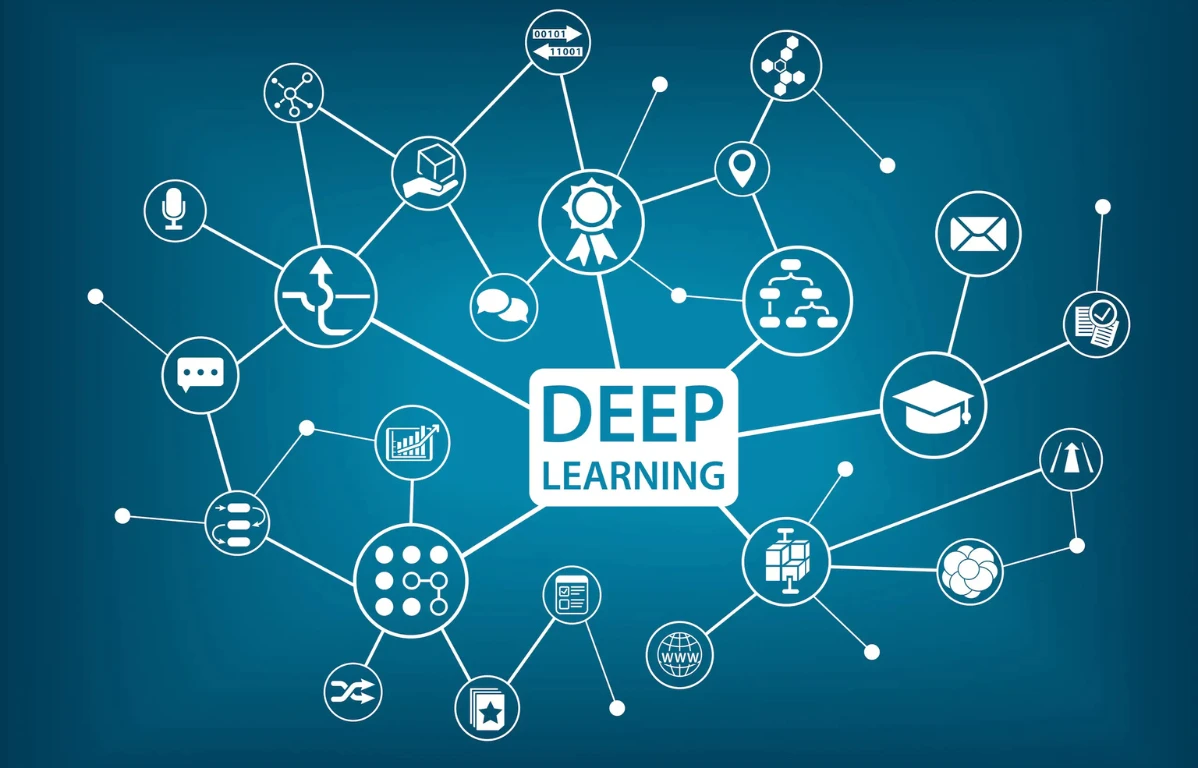
Deep Learning
Machine learning and deep learning are quantitative analysis skills that differentiate the data scientist from the other team members. Not to mention that the field of machine learning is the driving force of artificial intelligence. This course will teach you how to leverage deep learning and neural networks for data science. The technology we employ is TensorFlow 2.0, which is the state-of-the-art deep learning framework.
What You Will Learn
- Master the essential mathematics for understanding deep learning algorithms.
- Build and customize machine learning algorithms from scratch to enhance your control over model architecture.
- Understand key deep learning concepts such as backpropagation, stochastic gradient descent, and batching to optimize your neural network models.
- Learn how to deal with overfitting through early stopping and improve the generalizability of your models.
- Solve complex real-world challenges in TensorFlow 2
- Improve your career prospects by acquiring highly sophisticated technical skills such as deep learning in TensorFlow 2
- Position your profile to capitalize on the ever-growing number of AI development opportunities in the job market
Curriculum
- 13 Sections
- 92 Lessons
- 5h Duration
1. Introduction
1 Lesson
- Why machine learning
2. Neural Networks Intro
12 Lessons
- Introduction to neural networks
- Training the model theory
- Types of machine learning
- The linear model
- The linear model. Multiple inputs.
- The linear model. Multiple inputs and multiple outputs
- Graphical representation
- The objective function
- L2-norm loss
- Cross-entropy loss
- One-parameter gradient descent
- N-parameter gradient descent
3. Setting up the environment
7 Lessons
- Setting up the environment
- Why Python and why Jupyter
- Installing Anaconda
- Jupyter Dashboard - Part 1
- Jupyter Dashboard - Part 2
- Installing the TensorFlow package
- Installing the packages Read now
4. Minimal example
5 Lessons
- Outline
- Generating the data (optional)
- Initializing the variables
- Training the mode
- Minimal Example - Exercises.txt Read now
5. Introduction to TensorFlow 2
8 Lessons
- TensorFlow Outline
- TensorFlow 2 Intro
- A note on coding in TensorFlow
- Types of file formats in Tensorflow and data handling
- Model layout - inputs, outputs, targets, weights, bias, optimizer, and loss
- Interpreting the result and extracting the weights and bias
- Customizing your model
- Introduction to TensorFlow - Exercises Read now
6. Deep nets overview
8 Lessons
- The layer
- What is a deep net
- Understand deep nets
- Why do we need non-linearities
- Activation functions
- Softmax activation
- Backpropagation
- Backpropagation - intuition
7. Overfitting
6 Lessons
- Underfitting and overfitting. A regression example
- Underfitting and overfitting. A classification example
- Train vs validation
- Train vs validation vs test
- N-fold cross-validation
- Early stopping - motivation and types
8. Initialization
3 Lessons
- Initialization
- Types of simple initializations
- Xavier's initialization
9. Optimizers
7 Lessons
- SGD&Batching
- Local minima pitfalls
- Momentum
- Learning rate schedules
- Learning rate schedules. A picture
- Adaptive learning schedules
- Adaptive moment estimation
10. Preprocessing
5 Lessons
- Preprocessing
- Basic preprocessing
- Standardization
- Dealing with categorical data
- One hot vs binary
11. Deeper example
12 Lessons
- MNIST dataset
- How to tackle the MNIST dataset
- MNIST - Importing libraries and data
- Preprocess the data - create a validation dataset and scale the data
- Preprocess the data - scale the test data. Read now
- Preprocess the data - shuffle and batch
- Preprocess the data - shuffle and batch Exercise Read now
- Outline the model
- Select the loss and the optimizer
- Learning
- MNIST - Exercises Read now
- Testing the model
12. Business case
12 Lessons
- Exploring the dataset and identifying predictors
- Outlining the business case solution
- Balancing a dataset
- Preprocessing the data
- Preprocessing Exercise Read now
- Load the preprocessed data
- Load the preprocessed data Exercise Read now
- Learning and interpreting the result
- Setting an early stopping mechanism
- Setting an early stopping mechanism Exercise Read now
- Testing the business model
- Homework Read now
13. Conclusion
6 Lessons
- Summary
- What's more out there
- An overview of CNNs
- How DeepMind uses deep learning Read now
- An overview of RNNs
- Non-NN approaches